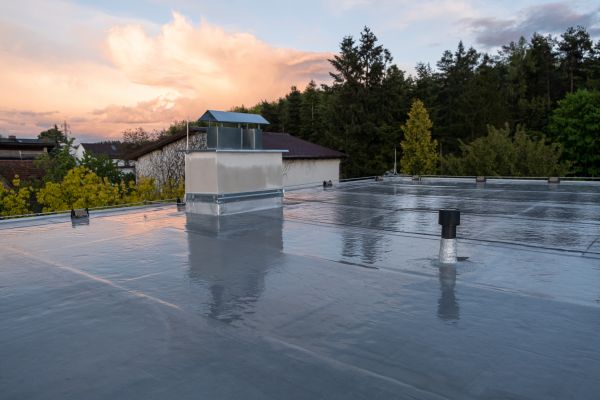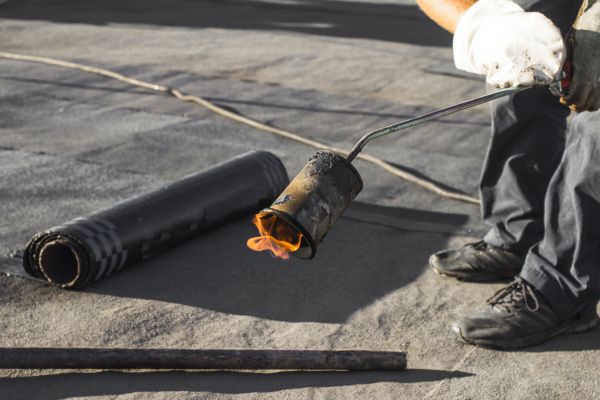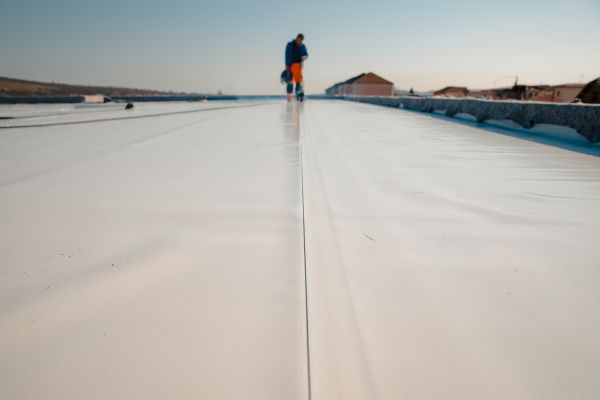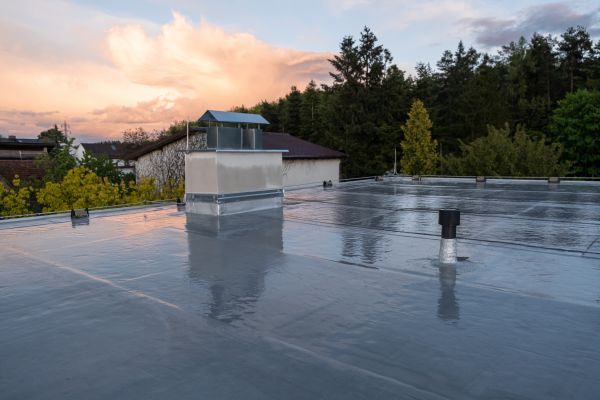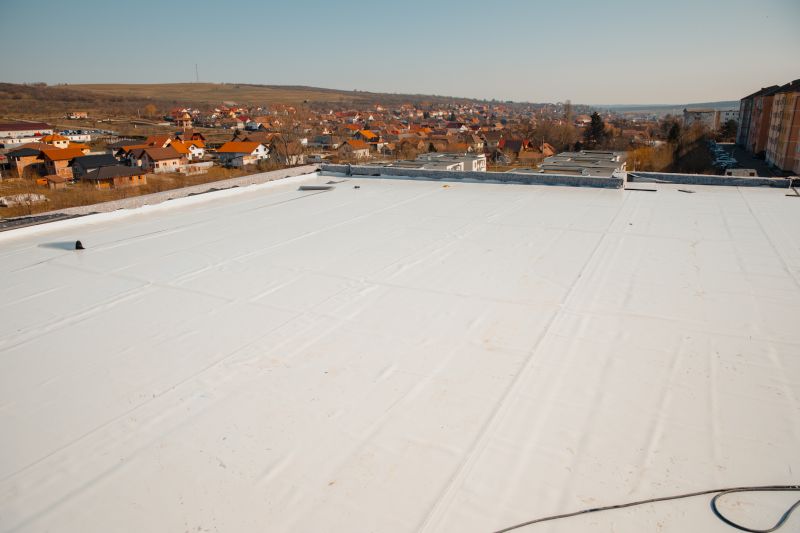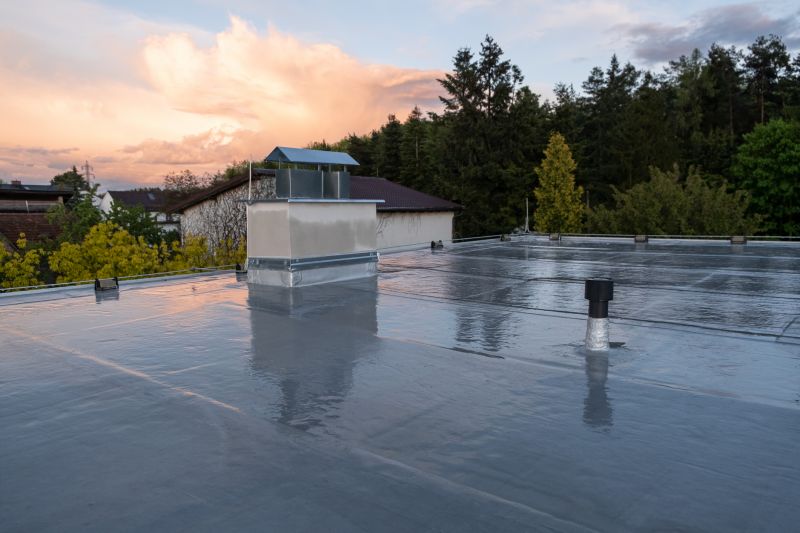Rubber Roof Installation
Welcome to Tobyhanna Roofing
Serving Tobyhanna, PA
Rubber roof installation is a crucial process for ensuring the longevity and durability of your roofing system. Known for its resilience and flexibility, a rubber roof is typically made from ethylene propylene diene terpolymer (EPDM), a high-quality synthetic rubber. This type of roofing is ideal for both residential and commercial buildings, particularly those with flat or low-sloped roofs. The importance of rubber roof installation lies in its ability to provide a seamless, weather-resistant barrier that protects the structure from leaks and water damage. Its superior resistance to UV rays and extreme temperatures makes it an excellent choice for maintaining the integrity of your roof over time. Proper installation by skilled professionals ensures that the rubber roofing material is laid correctly, minimizing potential issues and extending the roof's lifespan.
Benefits of Rubber Roof Installation
-
Durability and Longevity
Rubber roofs are renowned for their durability and long lifespan, often lasting 20-30 years with proper maintenance. The material's resistance to cracking and peeling under harsh weather conditions makes it an ideal choice for long-term protection. -
Cost-Effectiveness
The initial investment in rubber roof installation can lead to significant cost savings over time. Its low maintenance requirements and the reduced likelihood of needing repairs contribute to its cost-effectiveness, making it a smart financial decision for property owners. -
Ease of Installation and Repair
Rubber roofing materials are lightweight and flexible, allowing for quicker and easier installation compared to traditional roofing materials. Should repairs be necessary, rubber roofs are also relatively easy to patch, reducing downtime and inconvenience.
Fill out our contact form today to request expert Rubber Roof Installation service in Tobyhanna!


